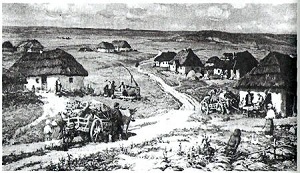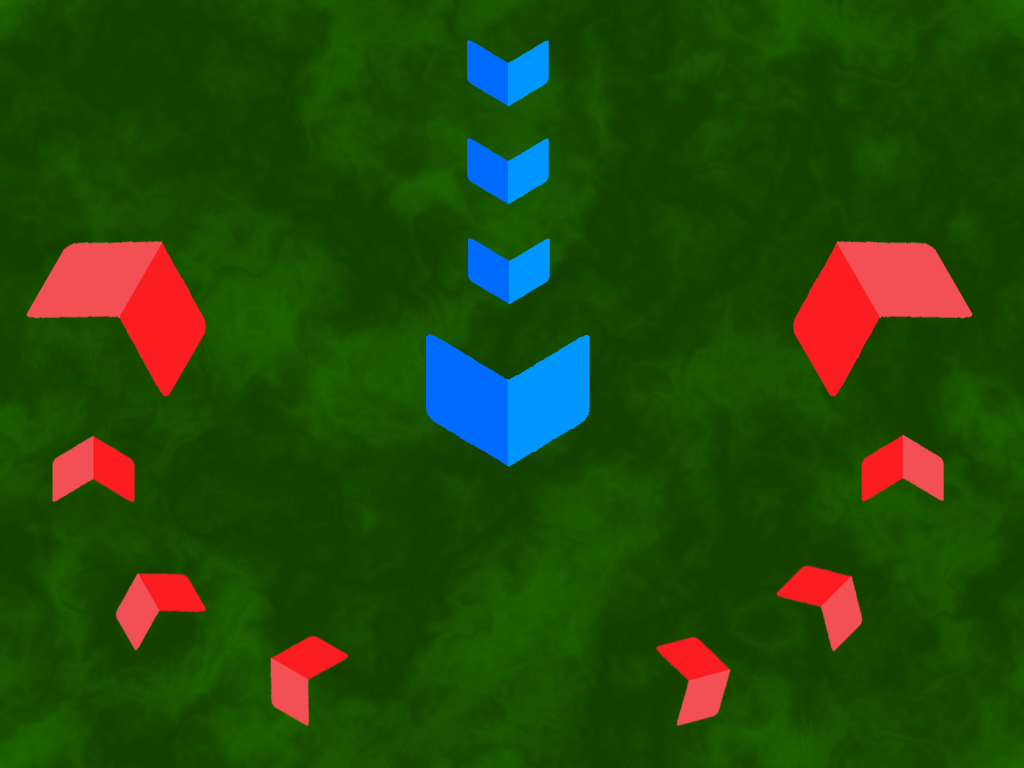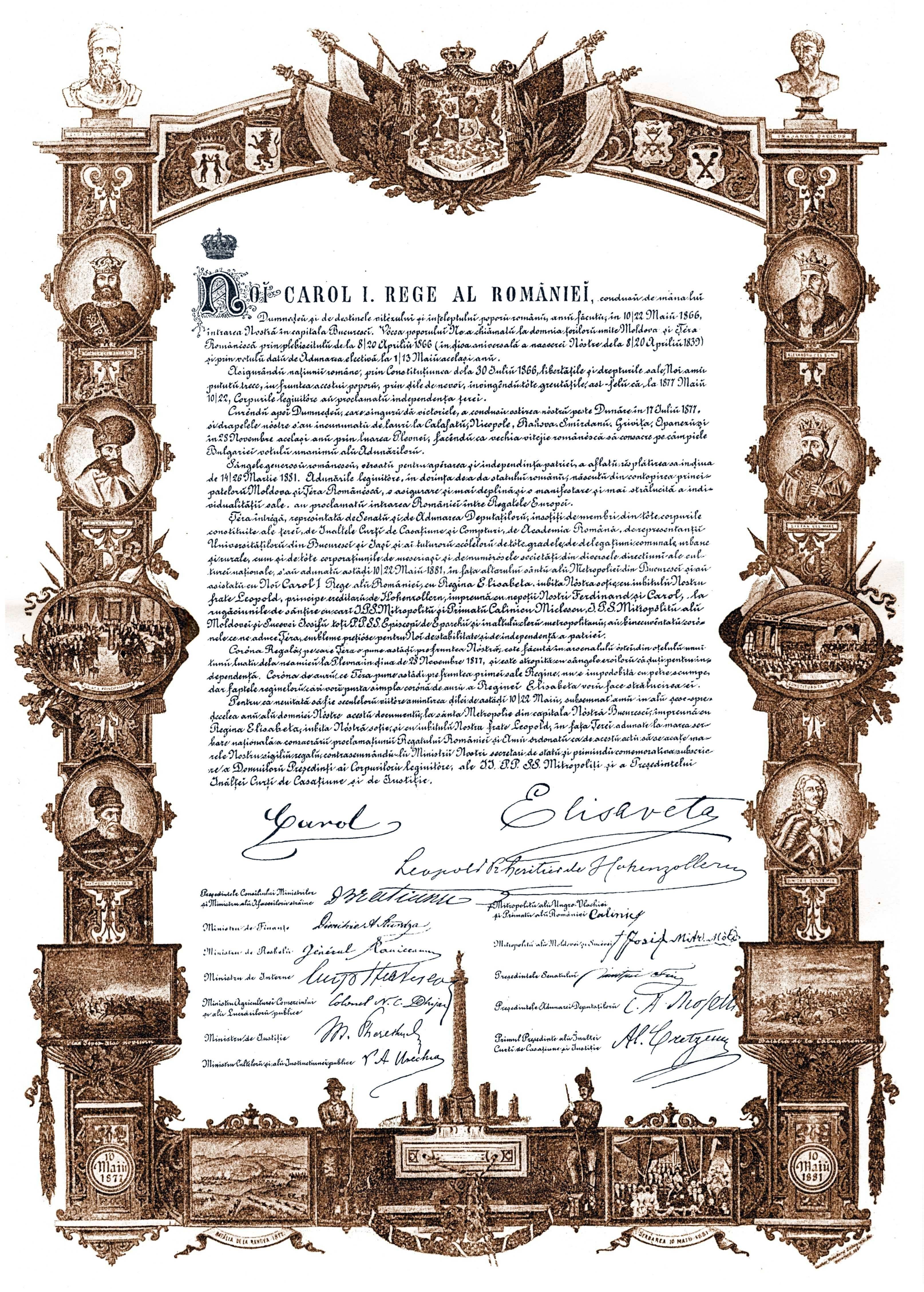|
Battle Of The Sea Of Azov
The Battle of the Sea of Azov, also known as the Chernigovka pocket was an Axis military campaign fought between 26 September 1941 and 11 October 1941 on the northern shores of the Sea of Azov on the Eastern Front of World War II during Operation Barbarossa. It resulted in a complete Axis victory over the Red Army. After destroying five Soviet armies at Kiev in late September 1941, the German Army Group South advanced east and south to capture the industrial Donbas region and the Crimea. Within days of the battle of Kiev's conclusion, the Soviet Southern Front launched an attack on 26 September with two armies on the northern shores of the Sea of Azov against elements of the German 11th Army, which was simultaneously advancing into the Crimea. After initially pushing back the Romanian 3rd Army, which fought under German command, the Soviet advance ground to a halt when the Leibstandarte SS Adolf Hitler Brigade (LSSAH) arrived to reinforce their Axis allies. On 1 October t ... [...More Info...] [...Related Items...] OR: [Wikipedia] [Google] [Baidu] [Amazon] |
1st SS Panzer Division Leibstandarte SS Adolf Hitler
The 1st SS Panzer Division Leibstandarte SS Adolf Hitler or SS Division Leibstandarte, abbreviated as LSSAH (), began as Adolf Hitler's personal bodyguard unit, responsible for guarding the Führer's person, offices, and residences. Initially the size of a regiment, the LSSAH eventually grew into an elite division-sized unit during World War II. The LSSAH participated in combat during the invasion of Poland and was amalgamated into the Waffen-SS together with the '' SS-Verfügungstruppe'' (SS-VT) and the combat units of the ''SS-Totenkopfverbände'' (SS-TV) prior to Operation Barbarossa in 1941. By mid-1942 it had been increased in size from a regiment to a division and was designated SS Division "Leibstandarte SS Adolf Hitler". It received its final form as a Panzer division in October 1943. Members of the LSSAH perpetrated numerous atrocities and war crimes, including the Malmedy massacre. They killed an estimated 5,000 prisoners of war in the period 1940–1945, mostly o ... [...More Info...] [...Related Items...] OR: [Wikipedia] [Google] [Baidu] [Amazon] |
9th Army (Soviet Union)
The 9th Army of the Soviet Union's Red Army was a Soviet field army, active from 1939 to 1943. History First formation It was active during the Winter War against Finland as part of the Leningrad Military District, beginning operations at the end of November 1939 under KomKor M.P. Duhanov with the 49th and Special Rifle Corps as well as assigned aviation units. 9th Army was initially tasked with the capture of Kajaani and Oulu. Two divisions attached to the army, the 44th and 163rd Rifle Divisions, were defeated by the Finns during the Battle of Suomussalmi. It appears to have been disbanded after the end of the war. Second formation In 1940 the Army was created to take part in the Soviet occupation of Bessarabia and Northern Bukovina. It was disbanded on 10 July 1940. Third formation By 1941 the Army was designated the 9th Separate Army (briefly) and included the 14th, 35th and 48th Rifle Corps (the last under then General Major Rodion Malinovsky), 2nd Cavalr ... [...More Info...] [...Related Items...] OR: [Wikipedia] [Google] [Baidu] [Amazon] |
Melitopol
Melitopol is a city and municipality in Zaporizhzhia Oblast, southeastern Ukraine. It is situated on the Molochna River, which flows through the eastern edge of the city into the Molochnyi Lyman estuary. Melitopol is the second-largest city in the oblast after Zaporizhzhia and serves as the administrative centre of Melitopol Raion. As of January 2022, Melitopol's population was estimated to be Melitopol has been under Russian control since March 2022. On September 30, 2022, the city was formally annexed by the Russian Federation; however, it remains internationally recognized as sovereign territory of Ukraine. The city is located at the crossing of two major European highways: E58 Vienna – Uzhhorod – Kyiv – Rostov-on-Don and E105 Kirkenes – St. Petersburg – Moscow – Kyiv – Yalta. An electrified railway line of international importance goes through Melitopol. The city was once known as "the gateway to the Crimea"; prior to the 2014 Russian annexation of Cr ... [...More Info...] [...Related Items...] OR: [Wikipedia] [Google] [Baidu] [Amazon] |
Pincer Movement
The pincer movement, or double envelopment, is a maneuver warfare, military maneuver in which forces simultaneously attack both flanking maneuver, flanks (sides) of an enemy Military organization, formation. This classic maneuver has been important throughout the history of warfare. The pincer movement typically occurs when opposing forces advance towards the center of an army that responds by moving its outside forces to the enemy's flanks to surround it. At the same time, a second layer of pincers may attack the more distant flanks to keep reinforcements from the target units. Description A full pincer movement leads to the attacking army facing the enemy in front, on both flanks, and in the rear. If attacking pincers link up in the enemy's rear, the enemy is encirclement, encircled. Such battles often end in surrender or destruction of the enemy force, but the encircled force can try to breakout (military), break out. They can attack the encirclement from the inside to ... [...More Info...] [...Related Items...] OR: [Wikipedia] [Google] [Baidu] [Amazon] |
Romanian 3rd Army
The 3rd Army (Armata a 3-a Română) was a field army of the Romanian Land Forces active from the 19th century to the 1990s. It fought as part of the German Army Group B during World War II, in Ukraine, the Crimea, and the Caucasus. General Petre Dumitrescu commanded the 3rd Army for much of that time. The 3rd Army contained the only Romanian divisions trained by the Germans, and as a result, it was a significantly better fighting force than the fellow 4th Army during the Battle of Stalingrad. World War I After Romania entered World War I in August 1916 on the side of the Allies, the Third Army defended the border with Bulgaria, while the rest of the Romanian Army engaged in the Battle of Transylvania. When a Bulgarian-German army under August von Mackensen invaded Romania in September 1916, the Third Army made attempts to withstand the enemy offensive at Silistra, Bazargic, Amzacea and Topraisar, but had to withdraw under the pressure of superior enemy forces after the Sec ... [...More Info...] [...Related Items...] OR: [Wikipedia] [Google] [Baidu] [Amazon] |
Kingdom Of Romania
The Kingdom of Romania () was a constitutional monarchy that existed from with the crowning of prince Karl of Hohenzollern-Sigmaringen as King of Romania, King Carol I of Romania, Carol I (thus beginning the Romanian royal family), until 1947 with the abdication of King Michael I of Romania, Michael I and the Romanian parliament's proclamation of the Socialist Republic of Romania, Romanian People's Republic. From 1859 to 1877, Romania evolved from a personal union of two Principality, principalities: (Moldavia and Wallachia) called the Unification of Moldavia and Wallachia also known as "The Little Union" under a single prince to an autonomous principality with a House of Hohenzollern, Hohenzollern monarchy. The country gained its independence from the Ottoman Empire during the Russo-Turkish War (1877–1878), 1877–1878 Russo-Turkish War (known locally as the Romanian War of Independence), after which it was forced to cede the southern part of Bessarabia in exchange for Northern ... [...More Info...] [...Related Items...] OR: [Wikipedia] [Google] [Baidu] [Amazon] |
Kyiv
Kyiv, also Kiev, is the capital and most populous List of cities in Ukraine, city of Ukraine. Located in the north-central part of the country, it straddles both sides of the Dnieper, Dnieper River. As of 1 January 2022, its population was 2,952,301, making Kyiv the List of European cities by population within city limits, seventh-most populous city in Europe. Kyiv is an important industrial, scientific, educational, and cultural center. It is home to many High tech, high-tech industries, higher education institutions, and historical landmarks. The city has an extensive system of Transport in Kyiv, public transport and infrastructure, including the Kyiv Metro. The city's name is said to derive from the name of Kyi, one of its four legendary founders. During History of Kyiv, its history, Kyiv, one of the oldest cities in Eastern Europe, passed through several stages of prominence and obscurity. The city probably existed as a commercial center as early as the 5th century. A Slav ... [...More Info...] [...Related Items...] OR: [Wikipedia] [Google] [Baidu] [Amazon] |
Crimea
Crimea ( ) is a peninsula in Eastern Europe, on the northern coast of the Black Sea, almost entirely surrounded by the Black Sea and the smaller Sea of Azov. The Isthmus of Perekop connects the peninsula to Kherson Oblast in mainland Ukraine. To the east, the Crimean Bridge, constructed in 2018, spans the Strait of Kerch, linking the peninsula with Krasnodar Krai in Russia. The Arabat Spit, located to the northeast, is a narrow strip of land that separates the Syvash lagoons from the Sea of Azov. Across the Black Sea to the west lies Romania and to the south is Turkey. The population is 2.4 million, and the largest city is Sevastopol. The region, internationally recognized as part of Ukraine, has been under Russian occupation of Crimea, Russian occupation since 2014. Called the Tauric Peninsula until the early modern period, Crimea has historically been at the boundary between the Classical antiquity, classical world and the Pontic–Caspian steppe, steppe. Greeks in pre-Rom ... [...More Info...] [...Related Items...] OR: [Wikipedia] [Google] [Baidu] [Amazon] |
Donbas
The Donbas (, ; ) or Donbass ( ) is a historical, cultural, and economic region in eastern Ukraine. The majority of the Donbas is occupied by Russia as a result of the Russo-Ukrainian War. The word ''Donbas'' is a portmanteau formed from "Donets Basin", an abbreviation of "Donets Coal Basin" (; ). The name of the coal basin is a reference to the Donets Ridge; the latter is associated with the Donets river. There are numerous definitions of the region's extent. The '' Encyclopedia of History of Ukraine'' defines the "small Donbas" as the northern part of Donetsk and the southern part of Luhansk regions of Ukraine, and the attached part of Rostov region of Russia. The historical coal mining region excluded parts of Donetsk and Luhansk oblasts, and included areas in Dnipropetrovsk Oblast and Southern Russia. A Euroregion of the same name is composed of Donetsk and Luhansk oblasts in Ukraine and Rostov Oblast in Russia. The Donbas formed the historical border betwee ... [...More Info...] [...Related Items...] OR: [Wikipedia] [Google] [Baidu] [Amazon] |
Nazi Germany
Nazi Germany, officially known as the German Reich and later the Greater German Reich, was the German Reich, German state between 1933 and 1945, when Adolf Hitler and the Nazi Party controlled the country, transforming it into a Totalitarianism, totalitarian dictatorship. The Third Reich, meaning "Third Realm" or "Third Empire", referred to the Nazi claim that Nazi Germany was the successor to the earlier Holy Roman Empire (800–1806) and German Empire (1871–1918). The Third Reich, which the Nazis referred to as the Thousand-Year Reich, ended in May 1945, after 12 years, when the Allies of World War II, Allies defeated Germany and entered the capital, Berlin, End of World War II in Europe, ending World War II in Europe. After Hitler was appointed Chancellor of Germany in 1933, the Nazi Party began to eliminate political opposition and consolidate power. A 1934 German referendum confirmed Hitler as sole ''Führer'' (leader). Power was centralised in Hitler's person, an ... [...More Info...] [...Related Items...] OR: [Wikipedia] [Google] [Baidu] [Amazon] |
Battle Of Kiev (1941)
The First Battle of Kiev was the German name for the major battle that resulted in an encirclement of Red Army, Soviet troops in the vicinity of Kiev during World War II, the capital and most populous city of the Ukrainian Soviet Socialist Republic. This encirclement is the largest encirclement in the history of warfare by number of troops. The battle occurred from 7 July to 26 September 1941 as part of Operation Barbarossa, the Axis powers, Axis invasion of the Soviet Union. Despite being referred to as the "Battle of Kiev", the city of Kiev itself played a small and peripheral role in the overall battle. The battle took place over a large area in eastern Ukraine, with Kiev being the focal point of Soviet defenses and of the German encirclement. Much of the Southwestern Front (Soviet Union), Southwestern Front of the Red Army, commanded by Mikhail Kirponos, was encircled, but small groups of Red Army troops managed to escape the Pocket (military), pocket in the days after the ... [...More Info...] [...Related Items...] OR: [Wikipedia] [Google] [Baidu] [Amazon] |
Soviet Union
The Union of Soviet Socialist Republics. (USSR), commonly known as the Soviet Union, was a List of former transcontinental countries#Since 1700, transcontinental country that spanned much of Eurasia from 1922 until Dissolution of the Soviet Union, it dissolved in 1991. During its existence, it was the list of countries and dependencies by area, largest country by area, extending across Time in Russia, eleven time zones and sharing Geography of the Soviet Union#Borders and neighbors, borders with twelve countries, and the List of countries and dependencies by population, third-most populous country. An overall successor to the Russian Empire, it was nominally organized as a federal union of Republics of the Soviet Union, national republics, the largest and most populous of which was the Russian SFSR. In practice, Government of the Soviet Union, its government and Economy of the Soviet Union, economy were Soviet-type economic planning, highly centralized. As a one-party state go ... [...More Info...] [...Related Items...] OR: [Wikipedia] [Google] [Baidu] [Amazon] |







